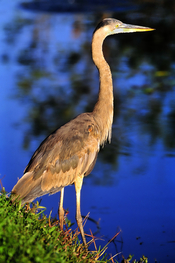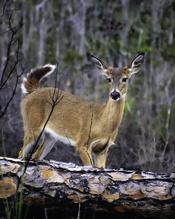Hello,
I'm considering to start "scanning" film with my Nikon D800 and I'm not sure which lenses could perform better in terms of sharpness from corner to corner. At the moment I'm trying to decide between:
1. Sigma EX DG macro 50mm f/2.8
2. Nikon AF-D Micro-Nikkor 105mm f/2.8 (older version)
3. Nikon AF-S VR Micro-Nikkor 105mm f/2.8G IF-ED (newer version)
4. Laowa 100mm f/2.8 Ultra Macro APO
As I did some research, I've found that Sigma performs better than Nikon older version but I haven't found comparison between Sigma and Nikon newer version. Maybe anyone did used some of these lenses and can share their opinion, experience about "scanning" film with dslr?
Thanks!
I'm considering to start "scanning" film with my Nikon D800 and I'm not sure which lenses could perform better in terms of sharpness from corner to corner. At the moment I'm trying to decide between:
1. Sigma EX DG macro 50mm f/2.8
2. Nikon AF-D Micro-Nikkor 105mm f/2.8 (older version)
3. Nikon AF-S VR Micro-Nikkor 105mm f/2.8G IF-ED (newer version)
4. Laowa 100mm f/2.8 Ultra Macro APO
As I did some research, I've found that Sigma performs better than Nikon older version but I haven't found comparison between Sigma and Nikon newer version. Maybe anyone did used some of these lenses and can share their opinion, experience about "scanning" film with dslr?
Thanks!




